Wszystkie paralotnie NOVA są bardzo poręczne. Skrzydła możemy składać komorami, ale nie jest to koniecznością. Dzięki naszemu wieloletniemu doświadczeniu w wykorzystaniu technologii z użyciem żyłek usztywniających wiemy, że sposób składania skrzydła ma znikomy wpływ na jego trwałość. Zgięte usztywnienia bardzo szybko wracają do swojego pierwotnego kształtu.
NOVA Air Scoop jest zoptymalizowanym wlotem powietrza, który zwiększa ciśnienie wewnątrz skrzydła. Zasada jest analogiczna jak w przypadku wlotu powietrza w samochodzie sportowym: im większy przepływ powietrza – tym wyższe powstaje ciśnienie. W przypadku paralotni większe ciśnienie wewnątrz skrzydła oznacza lepsze osiągi i większą stabilność.
Technologia 3D-Shaping redukuje przy pomocy szwu biegnącego wzdłuż całej rozpiętości górnej powierzchni skrzydła zmarszczki powstające na skutek krzywizny na dwóch osiach. Dwie osie dlatego, że materiał musi dopasować się z jednej strony do krzywizny profilu, a z drugiej do efektu ballooningu.
Taśma wszyta na krawędzi spływu ma wiele zalet. Z jednej strony redukuje zgięcie powstające na górnym poszyciu podczas hamowania. Z drugiej strony skrzydło staje się bardziej kompaktowe oraz nie deformuje się tak mocno szybując w wietrznych i turbulentnych warunkach. Aby zmaksymalizować obie te zalety, konieczne było umieszczenie taśmy w tylnej części poszycia, tuż przed mini-żebrami.
Obok standardowego 3D-Shaping, przy każdej celi znajduje się szew Zig-Zag 3D-Shaping. Zaletą tej metody jest to, że szew nie biegnie w kierunku rozpiętości skrzydła. Szew pozostaje dzięki temu czystszy i jest aerodynamicznie korzystniejszy. Innowacja ta redukuje zmarszczki na krawędzi natarcia.
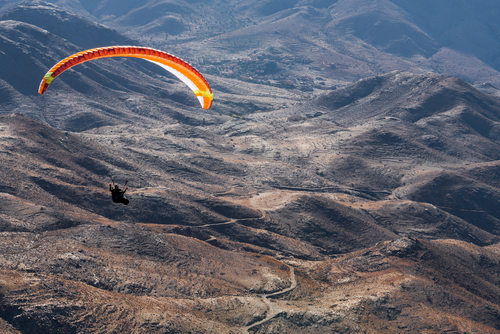
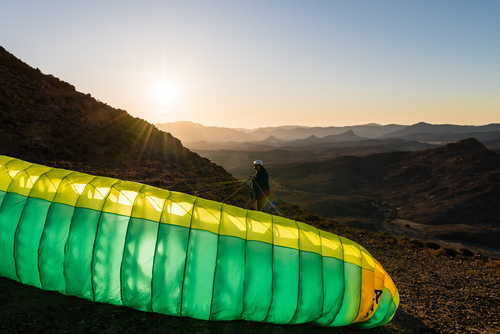
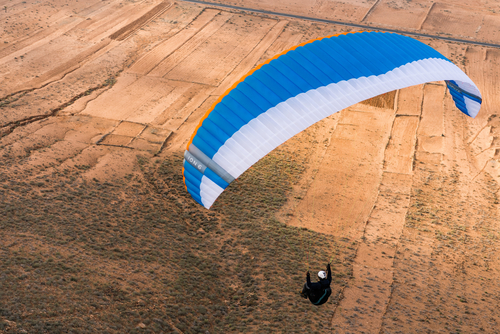
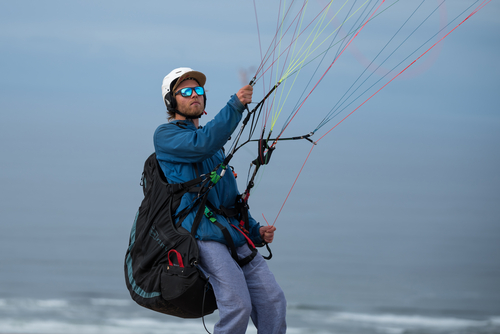


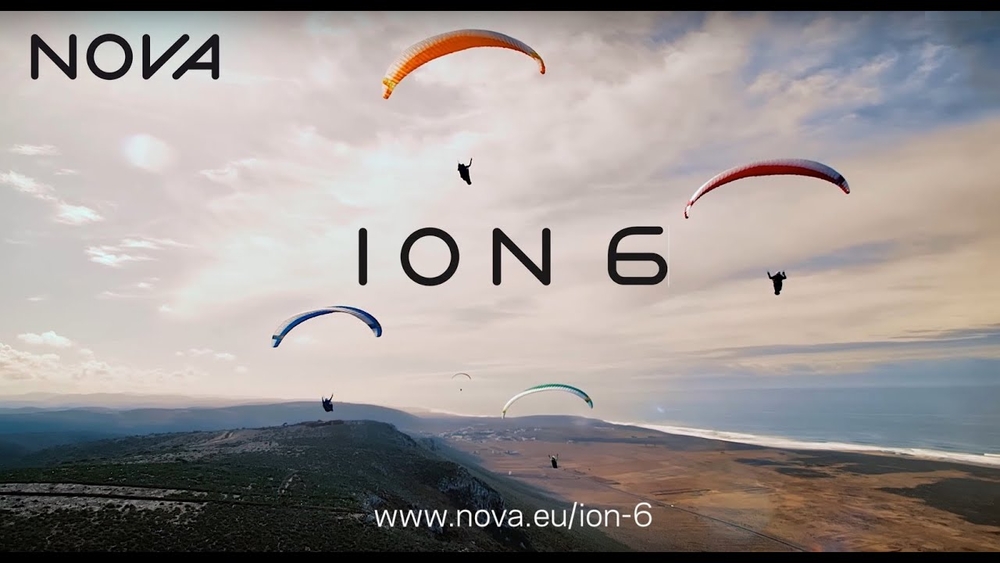
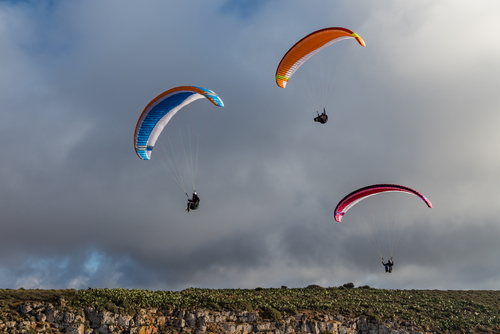
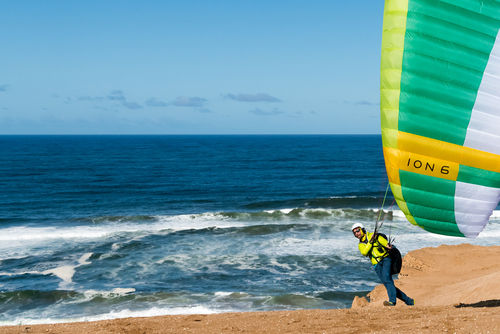
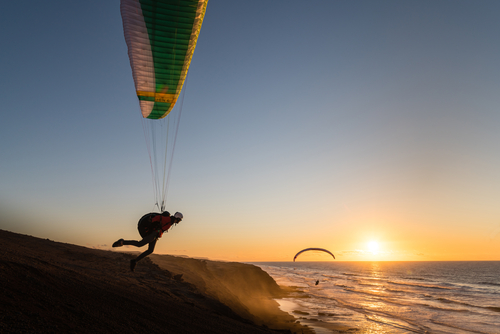
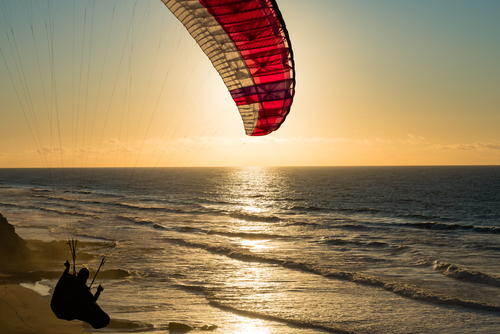
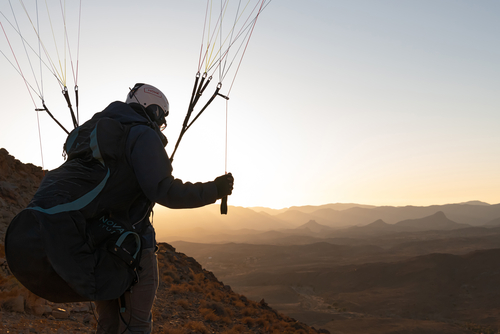
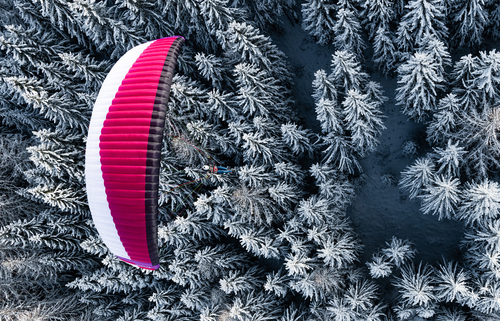
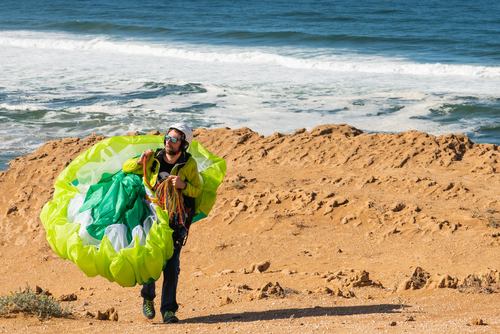

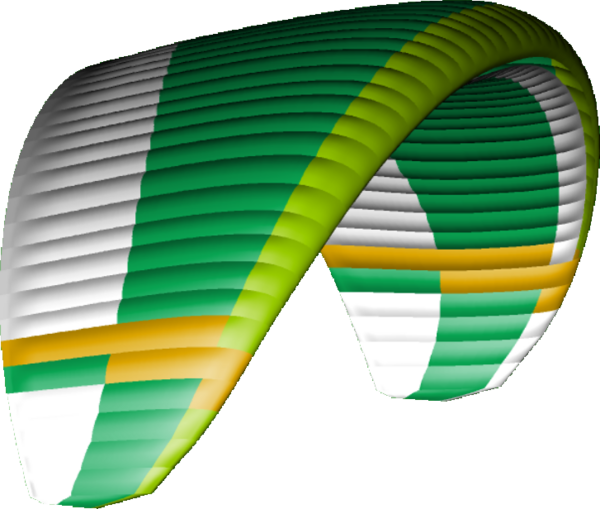 Green
Green
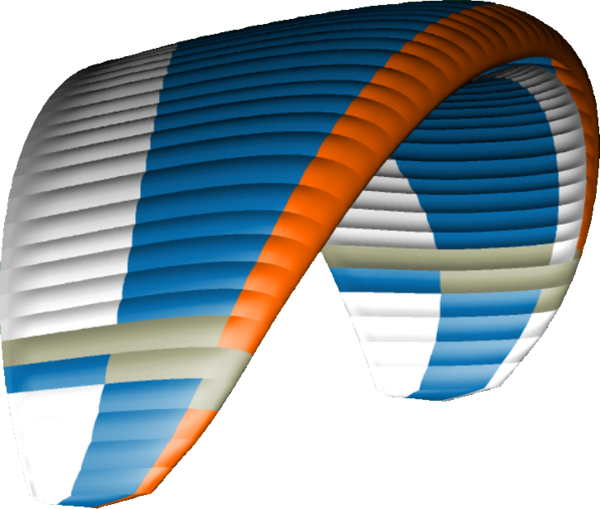 Blue
Blue
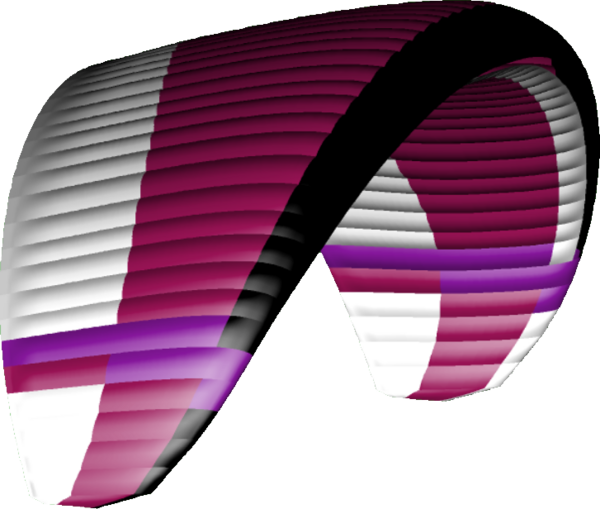 Sangria
Sangria
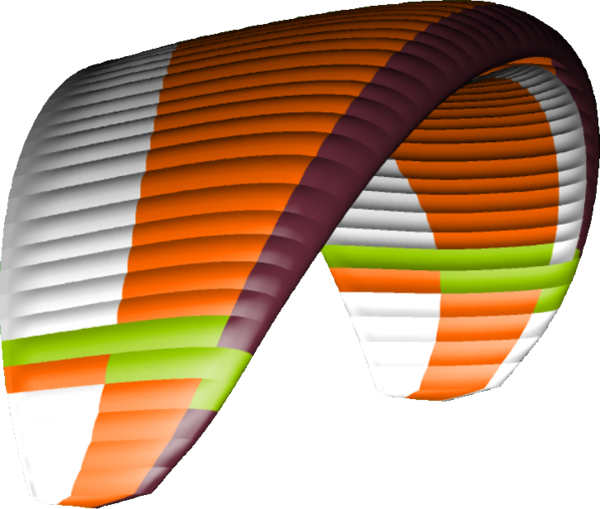 Orange
Orange
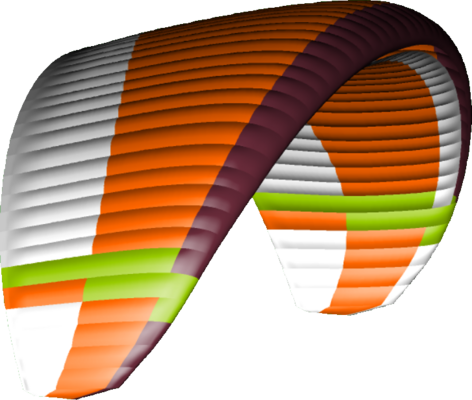







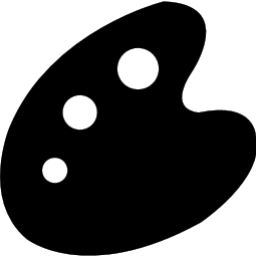

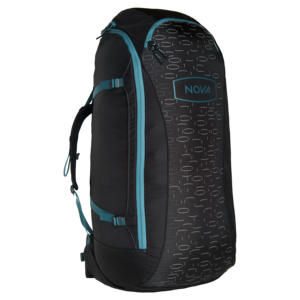 NOVA Rucksack.
NOVA Rucksack.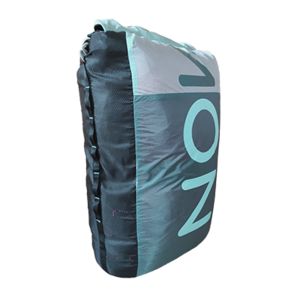 NOVA Stuff Sack.
NOVA Stuff Sack.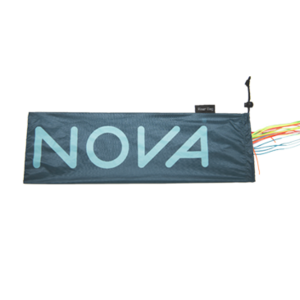 NOVA Riser Bag.
NOVA Riser Bag. Manual.
Manual.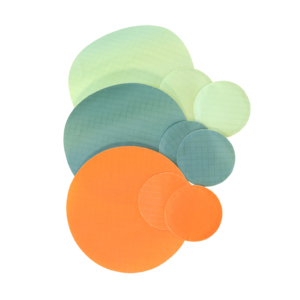 Repair kit.
Repair kit.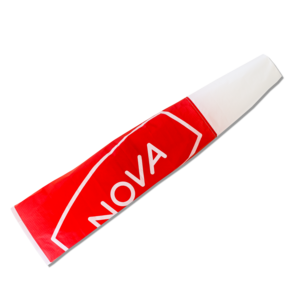 NOVA windsock.
NOVA windsock.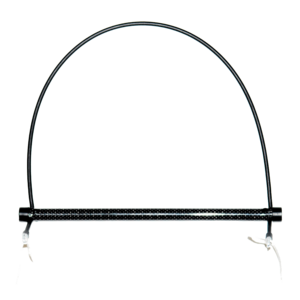 Speed system.
Speed system.